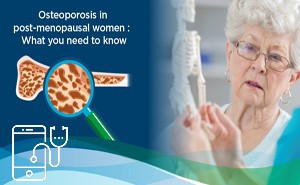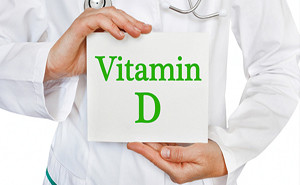Drugs-for-vitamin-mineral-nutritional-deficiency-disorders
Vitamin D is
known for its role in calcium homeostasis for optimal skeletal health. It was
previously believed that only elderly or hospitalized patients were at risk for
vitamin D insufficiency, but many people in the general population have
insufficient levels of Vitamin D (25-hydroxyvitamin D or in short, 25[OH]D).We review the
role of vita...
An Endocrine Society Guideline UpdateWhat Is the Definition of
Postmenopausal Osteoporosis?Osteoporosis is defined as “a [silent] skeletal disorder characterized by
compromised bone strength predisposing to an increased risk of fracture. Bone
strength reflects the integration of two main features: bone density and bone
quality” RemoveAvailable...
Key Points about Vitamin D
Deficiency and Dependency
Vitamin D deficiency is common
and results from inadequate exposure to sunlight and inadequate dietary
intake (usually occurring together) and/or from chronic kidney disease.
The deficiency can cause muscle
aches and weakness, bone pain, and osteomalacia....
The study was conducted in Bangladesh among
malnourished children and highly appreciated among world experts. Full article
has been published in The New England Journal of Medicine.https://www.nejm.org/doi/full/10.1056/nejmoa2023294One Expert Comment: Written by David Rakel MD,
FAAFP Nutrition Is Mor...
The following groups
are at a particularly high risk of vitamin D deficiency:Infants and children aged 65 yearsIndividuals who have darker skin (e.g. people of South Asian
ethnic origin).People who have no or limited sun exposure, including people
who:
cover
their skin for cultural reasons
are
confined in...
In adults, vitamin D deficiency is defined as a serum 25-hydroxyvitamin D
level of less than 20 ng per mL (50 nmol per L), and vitamin D insufficiency is defined as a serum 25-hydroxyvitamin D level of 20
to 30 ng per mL (50 to 75 nmol per L). RemoveAvailable Brand







